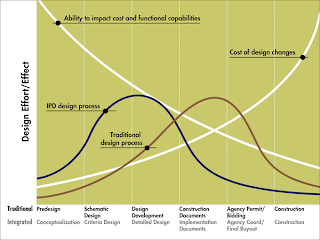This is the first part in a series covering Continuity of Operations for Critical Facilities.
. . .
As I begin this new year and my schedule quickly fills up for the remainder of January, I am reminded of a presentation Scott Simpson of KlingStubbins in Cambridge, Massachusetts, gave the project managers at Rice University several years ago.
"Most people know that the month of January was named after the Roman god Janus, a unique fellow with two faces, one looking forward and one backward. It was this peculiar form of double vision that allowed Janus to see both the future and the past at the same time. Janus would be a good choice as the patron saint for project managers. As primary navigators of the design effort, they must know at all times what’s been accomplished, what remains to be done, and how to choreograph the team’s remaining activities within the parameters of the available budget and schedule. Thus, a good project manager must live simultaneously in all three tenses—past, present, and future."
He then went on to describe the conventional design process and the sequential decision-making as a project becomes more defined, team members are added, and it moves into construction. Yet, as the design and construction industry continue to struggle with adapting HyperTrack and Integrated Project Delivery into their cultures, I've found the basic principles can be paralleled to the emergency management of critical facilities.
Mr. Simpson stated, "The logic of this [conventional] approach is that expertise is added to the team as required, building a body of knowledge that culminates in the final project. However, there is also a downside to sequential thinking, which is that the newly arrived team members do not have the benefit of the history of the project … they don’t always know who made key decisions or why. By the time they arrive on the scene, certain things may be set in stone that, with additional insight, might have turned out differently (but now it’s too late)."
For facilities owners that resist this initial urge will usually turn to conventional A/E/C firms to manage the recovery. However, who is charged with educating the facility owners and A/E/C firms about doing more than the bare minimum standard required by code? Every facility can respond and recover from an emergency, but how can Continuity of Operations be guaranteed when emergency prevention and preparedness are so often overlooked?
 |
| (AP Photo/Gerald Herbert) |

